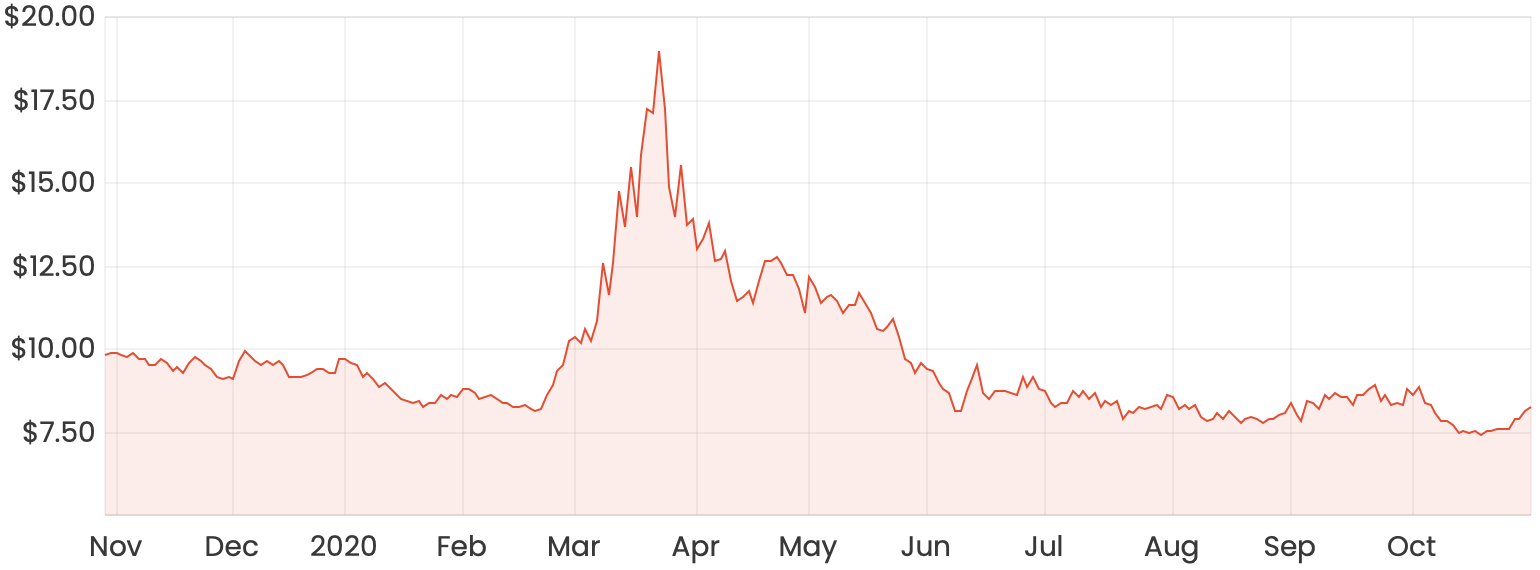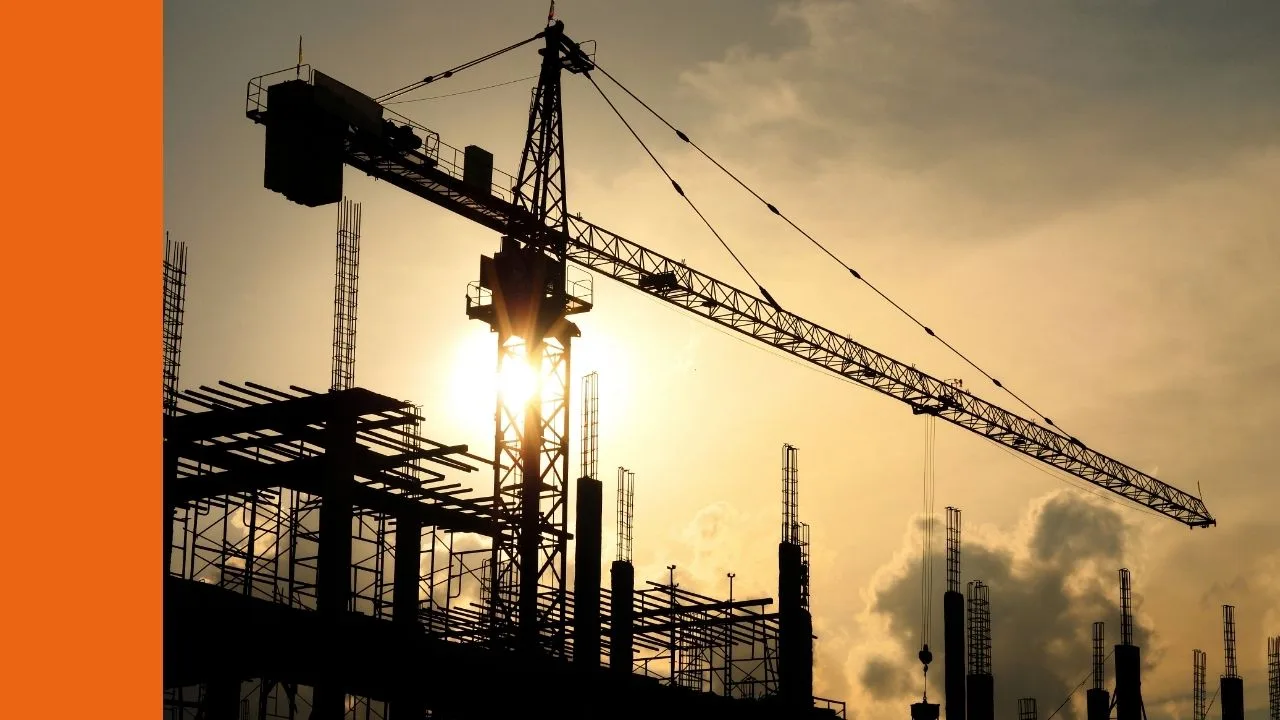When investors anticipate a significant downturn in the market, the BetaShares Australian Equities Strong Bear Hedge Fund (ASX: BBOZ) often climbs its way onto the leaderboard for one of the most traded securities on the ASX.
Given the current state of the market with the imminent US election and rising worldwide cases of COVID-19, could now be a good time to add BBOZ to your portfolio to hedge some of your exposure against a potential downturn?
Here are my thoughts.
BBOZ 1-year price chart

What is BBOZ?
BBOZ is an ETF offered by BetaShares that aims to profit from, or protect against, a declining Australian sharemarket. This works by holding assets in the fund that are negatively correlated with the broader market. Generally, a 1% fall in the Australian sharemarket will increase the value of the fund by 2% to 2.75%.
If an investor anticipates a downward movement in the market, rather than selling shares in their portfolio to reduce exposure (which could result in a capital gains event), the investor could purchase a holding of BBOZ or any other negatively correlated asset so that it will gain value during the downturn, offsetting some of the losses from the rest of their holdings.
A few things to consider
Your decision to buy negatively correlated assets will ultimately depend on your prediction of the future, which is more or less impossible to predict. Hedging your portfolio with BBOZ will work granted the market does in fact decline as you anticipate.
If it doesn’t and the market actually rises, the value of your BBOZ holding will decrease, but this will hopefully be offset by some gains in your regular positively correlated holdings.
I can only assume there would’ve been many investors who used negatively correlated assets such as BBOZ at the beginning of the COVID-19 downturn to minimise their exposure. However, I don’t think anyone anticipated the rapid V-shaped recovery that we saw from 22 March onwards. The point here is that the future is inherently unpredictable and hedging can be a double-edged sword in cases like these.
Something else to consider is that holding BBOZ will require constant monitoring – it’s definitely not a set and forget holding. If you take a broad look at how markets have performed historically, it’s no secret that markets have generally always risen, even after adjusting for inflation.
Assuming markets will continue this upward trend into the future, investing in BBOZ or any other inverse ETF will be a guaranteed way to lose money in the long-run at least. Inevitably, there will be temporary periods of market declines and pullbacks, so using BBOZ will require some more active participation with a shorter-term outlook.
Summary
If you have time to actively monitor the state of your portfolio and the overall broader market, BBOZ could be a good way to hedge some of your exposure during a market decline.
Although if you’re a long-term investor, I wouldn’t worry about it too much, as any sort of decline in the short-term should correct itself eventually.
Here are three ASX tech shares I have my eyes on amid the current uncertainty.





